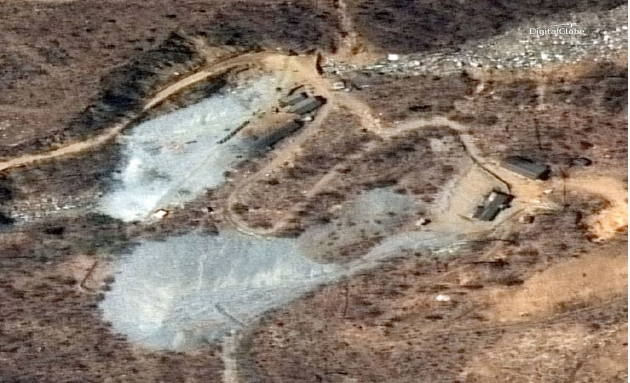TOKYO — Foreign journalists will be allowed to journey deep into the mountains of North Korea this week to observe the closing of the country’s Punggye-ri nuclear test site in a much-touted display of goodwill before leader Kim Jong Un’s planned summit with President Donald Trump next month.
Expect good imagery, but not much else.
The public display of the closure of the facility on Mount Mantap will likely be heavy on spectacle and light on substance. And the media will be spending much of their time in an unrelated tourism zone that North Korea hopes will be the next big thing for its economy if Kim’s diplomatic overtures pay off in the months ahead.
For sure, the closure is a milestone, marking an end to the world’s last active underground testing site and offering some important insights into Kim’s mindset as he sets the stage for his meeting with Trump.
Kim announced his plan to close the test site during a gathering of senior party leaders last month, just ahead of his summit with South Korean President Moon Jae-in. His explanation to the party was that North Korea’s nuclear development is now complete and further underground testing is unnecessary. North Korea has conducted six underground nuclear tests since 2006. Its most recent and most powerful explosion, which the North claims tested a hydrogen bomb, was in September. All of its tests have been carried out at Punggye-ri, in the country’s mountainous northeast interior. Before Kim’s announcement, North Korea was the only country that still conducted underground tests.
Kim’s claim that such tests are no longer needed may have an element of bravado to it. While the North has demonstrated beyond a doubt that it can produce viable, high-yield nuclear weapons, many experts believe it could still benefit considerably by conducting more tests. (AP)
Home » World » In North Korea Nuke Site Closure, Spectacle Trumps Substance
In North Korea Nuke Site Closure, Spectacle Trumps Substance

